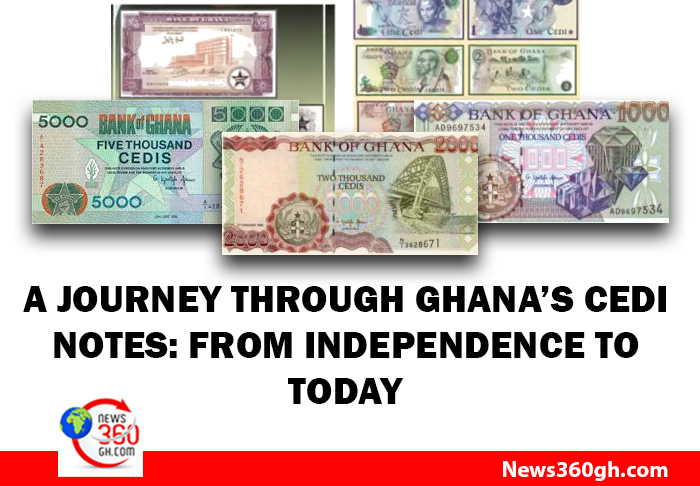
A Complete History of Ghana Cedi Notes: From Independence to Present Day
Introduction
Explore the fascinating history of Ghana’s currency, the cedi, from its inception after independence to the present day. This article covers the evolution of Ghana’s banknotes, highlighting key changes and historical milestones in the country’s monetary system.
The Birth of Ghana’s Cedi (1965)
In 1965, Ghana introduced the cedi to replace the Ghana pound. This transition marked a significant shift in the country’s economy. The cedi was introduced at a rate of 2.4 cedis to 1 pound. The initial series of banknotes included denominations of 1, 5, 10, 50, 100, and 1000 cedis. The 1000 cedi note was primarily used for inter-bank transactions, making it a rare sight in everyday use.
First Cedi Series: Key Features and Impact
The first series of Ghanaian cedi notes, issued between 1965 and 1967, played a crucial role in stabilizing the economy post-independence. These notes were in circulation until 1967, setting the stage for the next phase in Ghana’s currency history.
Second Cedi Series (1967-1979): A New Era
In 1967, Ghana introduced a new series of banknotes to replace the initial cedi notes. This series featured three different sets of notes released between 1967 and 1979. The first set included 1, 5, and 10 cedi denominations, while the second set (1972-1979) introduced 2 and 15 cedi notes.
By 1979, a third set of notes expanded the currency range to include 1, 2, 5, 10, 20, and 50 cedi denominations. These notes were used extensively until 2007 when the currency was redenominated.
The 1983 Series: Navigating Economic Challenges
In 1983, amid economic difficulties, Ghana issued a new set of banknotes. This series included 10, 20, 50, 100, 200, 500, 1000, and 2000 cedi notes. These banknotes were essential for the country’s financial stability during a challenging period.
Modern Ghana Cedi Notes: What’s in Circulation Today
Today, the Ghanaian cedi has been streamlined to include denominations of 1, 2, 5, 10, 20, 50, 100, and 200 Ghana cedis. Coins in circulation include 10Gp, 20Gp, 50Gp, 1GHS, and 2GHS. Notably, the 2 cedi note is becoming less common, and smaller coins like the 1Gp, 5Gp, and 10Gp are rarely used in everyday transactions.
Conclusion
Ghana’s cedi notes offer a unique window into the country’s economic history. From the first series introduced in 1965 to the modern-day currency, each iteration of the cedi reflects the resilience and adaptability of Ghana’s economy. As the country continues to develop, its currency remains a powerful symbol of national pride and economic progress.







